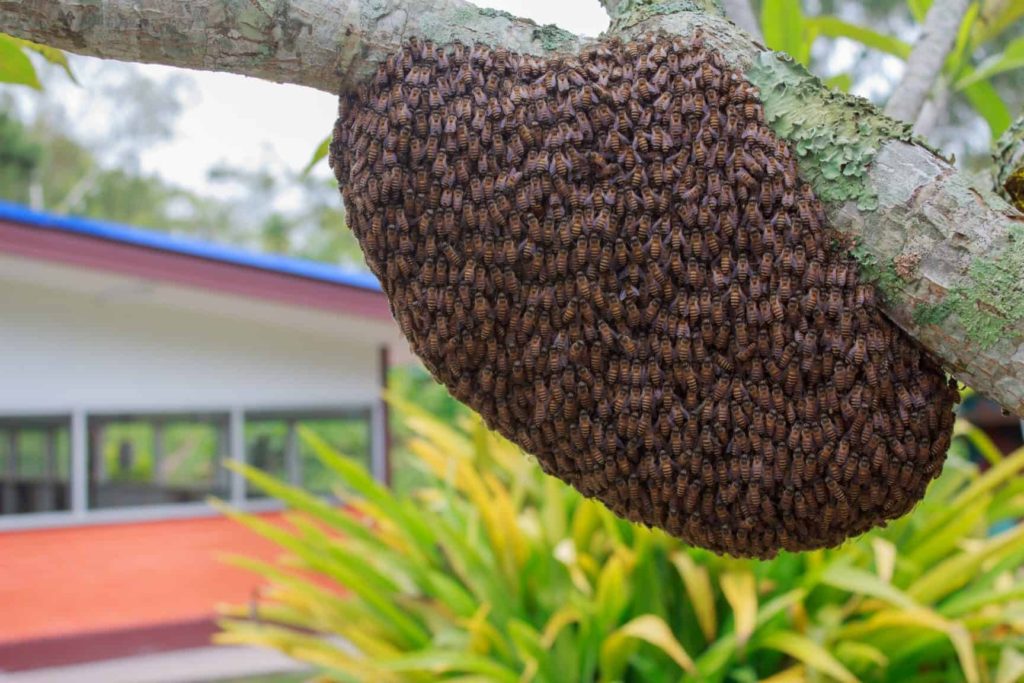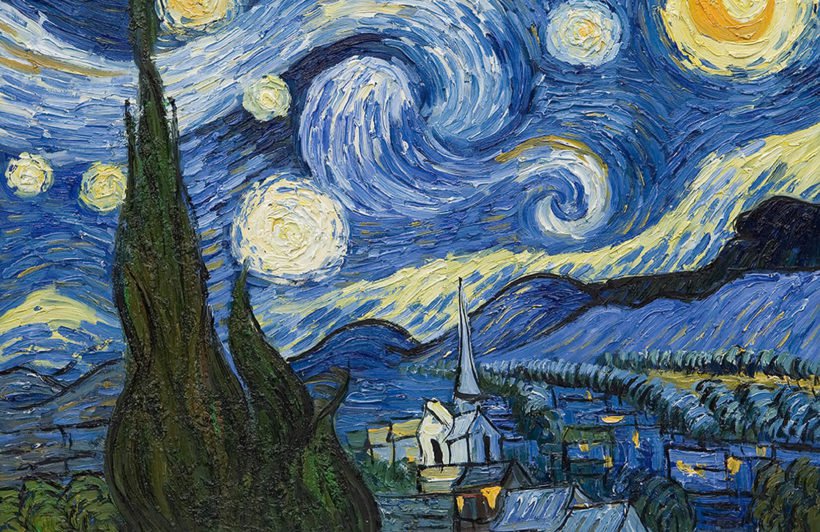Our world is made of circles:
Living and dying. Energy and entropy. Cause and effect.
Why, then, do we so often see straight lines?
According to systems theorist Peter Senge, “one of the reasons for this fragmentation in our thinking stems from our language. Language shapes perception. What we see depends on what we are prepared to see.” And Western languages, with their subject-verb-object structure, are biased toward a linear view.
“If we want to see systemwide interrelationships,” says Senge, “we need a language of interrelationships, a language made up of circles.”
This is the language, and the science, of feedback loops.
Most commonly, we use the word feedback to describe the process of gathering opinions about ourselves — all too often, unidirectionally (“How did I do?”). In systems thinking, however, feedback is a broader concept that means a reciprocal flow of influence.
We are always a part of the process, in other words, and never an impartial observer.
Everyone shares responsibility for the problems created by the systems they inhabit.
And every influence is both cause and effect.
This represents a profound shift in awareness, one that requires us to acknowledge that we are both influenced by and influencing our reality (and one another’s) all the time.
Feedback loops provide a language to map and explain that activity, biologically.
There are two types of loops, the first of which is called regulatory or negative feedback. The balancing feedback these loops provide exist whenever and wherever there’s a goal-oriented behavior required. The work of a thermostat is an easy example — but so is the myopia of a school district oriented around its test scores.

In these sorts of systems, if the goal is one you like, you’ll be happy — and if it isn’t, you’ll be thwarted at every effort to change things until you either change the goal or weaken its influence.
Negative feedback loops, therefore, keep systems on track once the course has been established, and use information to help the system achieve its predetermined outcomes — even if those outcomes are not explicitly named or understood.
This sort of system is great for machines — and lousy for human beings.
But there is a second type of feedback loop, positive or amplifying. These loops use information differently — not to maintain the status quo, but to notice something new and amplify it into messages that signal a larger need to change.
Positive loops do not promote order, but disequilibrium, which is the hallmark of a true living system — to continuously import energy from the environment and export entropy in order to constantly change and grow. Our understanding of them grows out of Nobel Laureate Ilya Prigogine’s work on thermodynamics, which demonstrated that, prior to the conventional wisdom up to that point, disequilibrium is in fact the necessary condition for growth in a living system.
As he explained, they’re called dissipative structures because of their paradoxical nature — they give up their previous form(s) in order to become something new, over and over. This is why they’re called self-organizing systems. As Margaret Wheatley puts it, “The viability and resiliency of a self-organizing system comes from its great capacity to adapt as needed, to create structures that fit the moment. Neither form nor function alone dictates how the system is organized. Instead, they are process structures, reorganizing into different forms in order to maintain their identity.”
They are, in other words, precisely what our human systems are not — and need to be.
Adaptive, not rigid.
Resilient, not stable.
In sum, if stability is the goal, runaway amplification can be very threatening — think of a shrieking microphone — and we may be wise to quell it before our eardrums burst. But if what we seek is something more emergent in its response to new information, positive feedback is essential to life’s ability to adapt and change, whether it’s your own backyard, a healthy workplace culture, or the Twitter storm that helped fuel the Arab Spring.
It is, quite simply, nature’s way of saying that the system needs to change.





Recent Comments